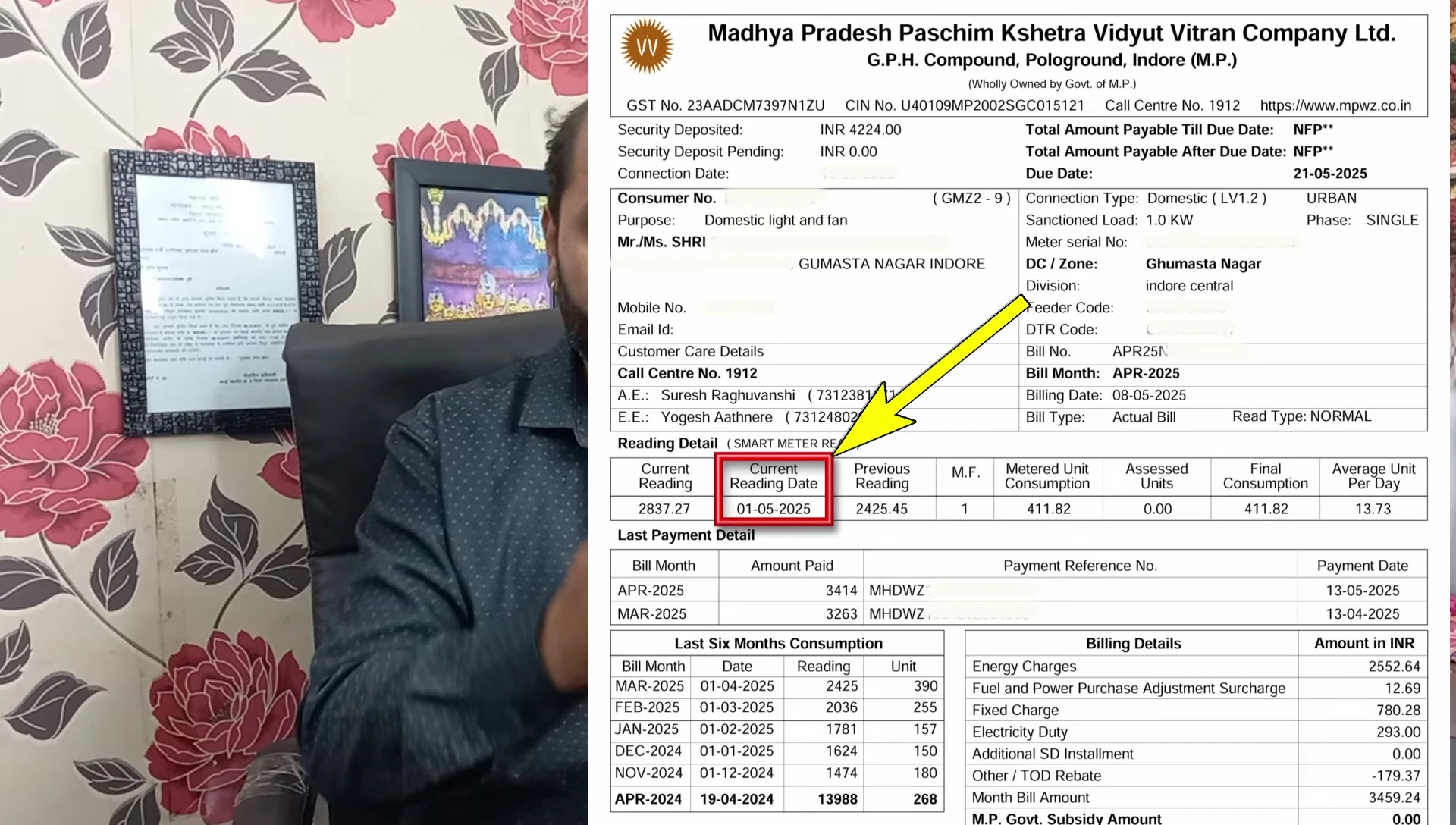Understanding your electricity bill can sometimes feel confusing, especially with the introduction of smart meters. This article simplifies the process by clarifying the billing cycle associated with smart meter technology. We'll break down the key dates that determine when your bill is generated and when payment is due, ensuring you're always informed and on top of your energy costs. Gone are the days of estimated readings and manual meter checks; smart meters offer a streamlined, automated system. This guide will equip you with the knowledge to effortlessly navigate your smart meter billing cycle.This article focuses on three crucial dates: the reading date, the bill generation date, and the due date. Learning to understand these dates is the key to comprehending your electricity bill and ensuring timely payments. We'll explain how these dates relate to your energy consumption and the billing process, helping you avoid late payment fees and service disruptions. By the end of this article, you'll have a clear grasp of your smart meter billing cycle and feel confident managing your energy account.
Pros And Cons
- Eliminates the need for meter readers.
- Generates bills automatically.
- Some consumers may not understand how it calculates units and generates bills.
Read more: AMI Meter Reading Guide: Understanding Your Smart Electricity Meter
Understanding Smart Meter Readings
Smart meters automatically record your electricity consumption, eliminating the need for manual meter readings. This data is transmitted regularly to your electricity provider.
Unlike older meters, you don't have to worry about a meter reader visiting your home. The process is automated and usually more efficient.
The key to understanding your bill lies in understanding three crucial dates: the reading date, the bill generation date, and the due date.
Reading Date and Bill Generation
The reading date is typically the 1st of each month. This is when the meter records your total consumption for the previous month.

Your electricity provider then calculates your bill based on the consumption recorded on the reading date. This calculation includes the difference between the previous month's reading and the current month's reading.

The bill generation date usually follows a few days after the reading date—typically within 5 to 8 days.
Due Date and Billing Cycle Variations
The due date, typically 10-12 days after bill generation, provides a timeframe to make your payment. This allows sufficient time for processing and avoids late payment charges.
It's important to note that the exact dates may vary slightly depending on the length of the month. For instance, billing cycles will adjust for months with 30 or 31 days, as well as the shorter February.
Regardless of the month's length, the billing cycle always calculates your consumption from the 1st of the previous month to the 1st of the current month.
Conclusion: Simplifying Smart Meter Billing
Understanding your smart meter billing cycle is straightforward once you grasp the three key dates: reading date, bill generation date, and due date.
Remember that your bill reflects your consumption from the 1st of the previous month to the 1st of the current month, with a few days' lag for processing.
By paying close attention to these dates, you can ensure timely payment and avoid any potential penalties or disruptions to your electricity service.
